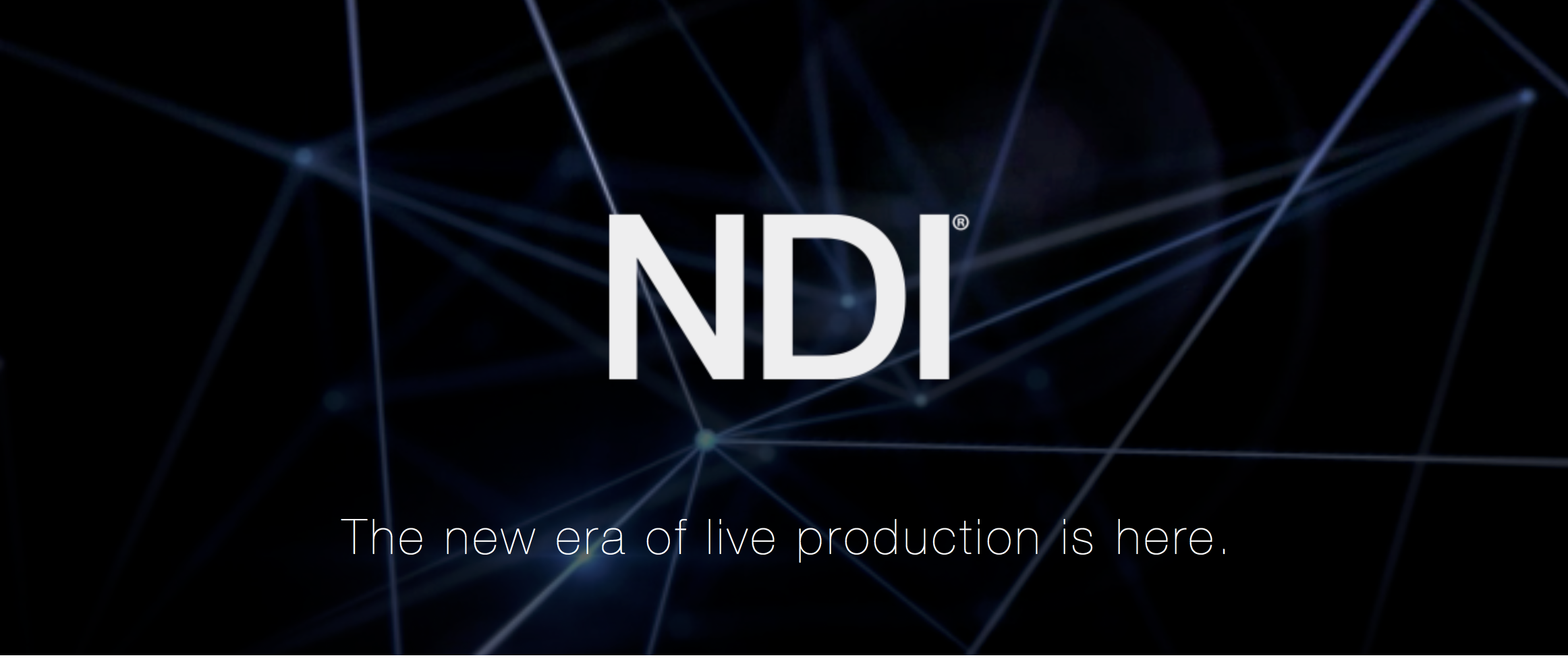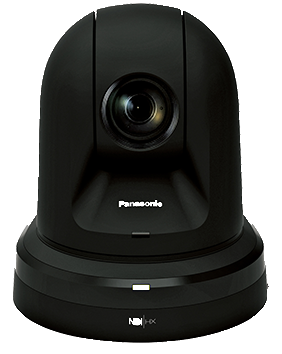NDI: The Secret Sauce for Your Next Campus or Enterprise Project

An integrator came to us asking a familiar question. His customer, a small church, was asking for a way to live stream their services to homebound parishioners. After a site survey, the integrator priced the project, which came in way over budget, mainly because AC power had to be run to the camera positions, needed a code inspection after the AC was run, etc. He came to us looking for an alternative solution. We introduced him to Panasonic’s new NDI cameras, which provide all connections via one cable. The integrator re-worked his numbers, came in under budget and won the job.
Integrators are becoming increasingly familiar with audio over IP networks and offering it as a solution for their customers. Audio buses like Blu-Link allow devices to talk to each other over local area networks. It’s a great way to transport audio across the campus or enterprise. With the introduction of New Tek’s NDI (Network Device Interface) in 2015, getting video across the network has become much easier as well.
Why NDI?
NDI is a flexible solution that supports low-latency, high-quality frame accurate video over standard Ethernet networks. Multicast support was added in 2017, allowing group communication to many destinations simultaneously. Multicast is a bandwidth-friendly solution.
Let’s geek out for a minute: To deliver high-quality video, NDI relies on its own proprietary compression algorithm that reduces streams at a 15:1 ratio. Measurements in the lab show 16 video scan lines latency, while most real-world implementations show one field of latency. The NDI encoding algorithm is resolution and frame-rate independent and supports resolutions up to 4K and beyond. Gigabyte Ethernet is required to successfully implement NDI across the network. More information can be found here.
NDI Technology… now in PTZ cameras.
Panasonic has included NDI technology across their line of PTZ cameras. Models include the AW-HN38,AW-HN40,AW-UN70 and AW-HN130. The cameras are available now. With NDI, the cameras are automatically detected to become available for use in NDI-based production environments, negating the need for additional configuration.

Delix Alex, Product Manager for PTZ Camera and IP Networking Systems says, “A single cable enables simplified video production without sacrificing quality or feature-set, in addition to the inherent features of Panasonic’s PTZ line-up including a family of controllers, image quality and smoothness in movement.”
Three key benefits of NDI:
- NDI will transform video workflows.This technology will enable the integrator and end user to do more on a smaller budget. For the integrator, that means more budget can be allotted for additional AV products or services to support those products and provide ongoing revenue opportunities.
- New equipment is not necessary. Customers who already own Panasonics’ lineup of PTZ cameras can visit New Tek’s website (tk/ndi_panasonic) to upgrade and enable NDI functionality.
- Only one cable is needed. One cable connection is the gold standard and with a POE switch—no AC power is required. Control over IP is possible with NDI. One can connect to a control room’s switcher or control and monitor PTZ operations via PC, MAC or mobile terminals. This allows for control across the campus or across the world. NDI also carries multichannel uncompressed audio and bi-directional metadata.


Interested in NDI? Contact me at [email protected] for more information or join us at our fall E4 AV Tour coming to Boston in September and Nashville in October. Panasonic will have NDI cameras and the new AV-HLC100 switcher on display.
Steve Alexander, CTS, PCVE, CCNA
Business Development Manager
888-420-2566 x6648 | [email protected]












